Risk of eliminating the most suitable people
During his lifetime, President Ho Chi Minh always emphasized: To use the right cadres - must evaluate correctly. According to him, cadres cannot be judged only by their qualifications, resumes or a certain time, but must be based on their working process, practical capacity and work efficiency. In particular, Uncle Ho emphasized the role of the people in evaluating cadres: "Which cadres are good, which cadres are bad, which cadres have made mistakes that can be corrected... the people can also clearly know through that comparison." That is the solid ideological foundation for cadre evaluation reform today - a fair, multi-dimensional system and based on real results.
President Ho Chi Minh once advised: to use the right person - must evaluate correctly. But in reality, incorrect evaluation not only leads to choosing the wrong person - but also deviates from the reform direction. The monitoring report of the National Assembly Standing Committee on "Implementation of the National Assembly Standing Committee's resolutions on the arrangement of district and commune-level administrative units in the period of 2019 - 2021" clearly stated: "The management and evaluation of cadres, civil servants and public employees has not been done well, so there is no basis for screening and removing from the apparatus those who are not really suitable and do not meet the job requirements." But the bigger risk is to mistakenly eliminate the most suitable people. In many places, evaluation is still stuck in administrative "hard points" such as seniority, position, planning... while those who can solve real problems are at risk of being overlooked - just because "the profile does not meet the requirements" or are evaluated emotionally.
As one organizational expert once warned, “A misjudgement is not just about picking the wrong people—it’s about pushing good people out and lifting average people up.” And when that happens repeatedly, it’s no longer an individual error—it’s a systemic risk.
5 years after merger - the key stage of restructuring the apparatus
Amid major changes in organization, administrative map and reform pressure, in the Project on rearranging and reorganizing administrative units at all levels and building a 2-level local government organization model, the Government has clearly identified: 5 years after the merger is the decisive time to rearrange the apparatus - not only compact in form, but also refined in capacity, standard in quality, strong in innovation. At the provincial level, the number of cadres, civil servants and public employees does not increase; at the commune level, the new government takes on a larger workload, requiring closer service. Notably, the temporary payroll remains the same, not immediately streamlined - this is the "golden space" to restructure the apparatus, reassigning the right people to the right jobs. If these 5 years can be used to establish a substantive evaluation and personnel arrangement system, the apparatus will not only be compact in organization, but will truly become stronger from within.
At the National Conference to disseminate and implement the Resolution of the 11th Central Committee, Session XIII, General Secretary To Lam emphasized a deeply moving message: “Personnel work is already very important, and now it is even more important in the face of new requirements”. The first criterion for selecting cadres must be based on job requirements, then other factors. There can be no reform if we continue to put “the right structure” above “the right person”. We cannot inspire if those who dare to do are eliminated because they lack administrative points. Selecting personnel after the merger – as the General Secretary pointed out – is not only a right, but also a political responsibility of local Party committees. Retaining truly suitable people is the first step to creating a new apparatus – not just changing the structure, but changing the way people are selected.

In the short term, maintaining the same staffing levels after the merger is necessary - to avoid disruptions while reorganizing the apparatus. But if in the next 5 years there is still a lack of a fair evaluation system, the risk of mechanical streamlining is difficult to avoid: removing people in the "wrong place" - keeping people "in the right structure" but not necessarily good. Right now, it is necessary to build an evaluation system based on real efficiency, multi-dimensional feedback and a clear commitment to reform - to choose the right people, keep the right people. In reality, the arrangement of cadres after the merger faces many pressures: staffing levels, organizational structure... causing many talented people to leave their positions, even though they are doing well. Criteria such as seniority or planning, although reflecting the training process, sometimes create disadvantages for young people. Therefore, evaluation cannot be one-sided. There needs to be a mechanism to balance "living data" and "accumulation process" - but the pillars must still be implementation capacity and long-term development ability.
Efficiency is the measure of worth
Once we see that administrative criteria cannot be the only measure, the question arises: what should we measure merit by? Not by resume. Not by years of service. Not by the leader's feelings. To choose the right person - to keep the right person - we need an evaluation system that is truly fair, measurable, multidimensional, and reflects real value. According to many experts, we can start with four core principles.
First of all, effectiveness - not resume - is the worthy measure. It is time for the phrase "getting things done" to return to its rightful place. Instead of asking: "When did you join the Party? How many years have you worked?". Ask directly: In the past 3 years, what specific work have you done? Have you ever removed any bottlenecks? Have any initiatives been applied, creating changes? How did people respond? How much has the work been digitized or improved? Numbers, feedback and actual results - are the "living resume" of reform cadres. No need for flowery words. Just do it for real - and dare to commit.

Many grassroots cadres propose to build a “personal reform profile” – recording initiatives, work results, feedback from colleagues and people. Not a profile of achievements, but a living commitment to capacity, innovation and implementation effectiveness. This profile needs to become part of the cadre evaluation system, but to have real value, it must be accompanied by a transparent authentication mechanism – avoiding “beautifying” achievements. At the same time, information disclosure needs to be carefully designed, avoiding invasion of privacy or creating personal risks. Retaining good cadres – not only by transparency, but by limited and controlled transparency. Because transparency is to protect real values – not to expose everything emotionally or sentimentalize trust.
From individual assessment - to system responsibility. Retaining talented people after the merger cannot be just an internal ethics, but must become a competitive indicator - linked to the provincial reform scorecard. Questions need to be quantified: how many innovative cadres are reassigned? How many people are satisfied with the streamlined apparatus? How many young cadres are assigned the right job, developing their capacity? When retaining talented people becomes a plus or minus point in the provincial ranking, leaders cannot ignore it. But in order for competition not to become a formality, these indicators must: be independently monitored; have real feedback from the people; and be transparent throughout the system. Only then, retaining talented people is maintaining the quality of reform.
Evaluating cadres cannot be done from one perspective - but must be done from many sides. No one can see the whole picture from one perspective, so evaluation cannot be based on "whatever the superior says", or on the leader's feelings. A 360-degree feedback loop is needed: from superiors, colleagues, people, social organizations - and if necessary, independent reform experts. Each evaluation must ensure three elements: publicity so that cadres know and receive feedback; quantification to avoid ambiguity; transparent criticism to prevent bias . Real performers are not afraid of being scrutinized. And a fair system - is a system that dares to let real performers be recognized as worthy.
However, the reality from the grassroots shows that: the current evaluation still heavily focuses on "peace is precious", "our party cell is full of party members", it is difficult to distinguish between good people and mediocre people. The "power blur" - where familiar relationships and interests are dominant - is the biggest "bottleneck" of a fair evaluation system. Some places even "rotate" achievements to maintain collective stability. Therefore, to reform the evaluation in substance, it must be accompanied by three mandatory conditions: a legal framework to protect those who give frank opinions; independent supervision from inspection, press and people; accountability of leaders when systematic errors occur. Without fair evaluation - there is no fair reform.
The 5 years after the merger are an opportunity that will never be repeated - to establish a completely new system of evaluating cadres: based on practical results, multi-dimensional feedback and a clear commitment to reform. When those who dare to do things are recognized as worthy, the apparatus will not only be compact - but also truly strong from within. But fair evaluation cannot come from expectations. It requires a legal corridor to protect innovators, a mechanism to prevent "power blur", and political determination from the highest level. That is also an important transition on the reform journey - when retaining good people no longer depends on emotions, but must be institutionalized into transparent and fair rules of the game.
The next article will open that door.
In Singapore, civil servants are evaluated periodically based on clear output KPIs, process innovation, and the level of collaboration with other parties. Peer and citizen feedback is also included as part of the evaluation system. In Korea, each official has a real-time “performance profile” that integrates work progress, citizen feedback, and the number of initiatives recorded. It is this multidimensional, data-driven, innovation-based evaluation that has helped build a lean, continuously improving civil servant team—and retain those who can actually do the job.
Source: https://daibieunhandan.vn/bai-2-ly-lich-tinh-hay-gia-tri-song-dong-post410998.html



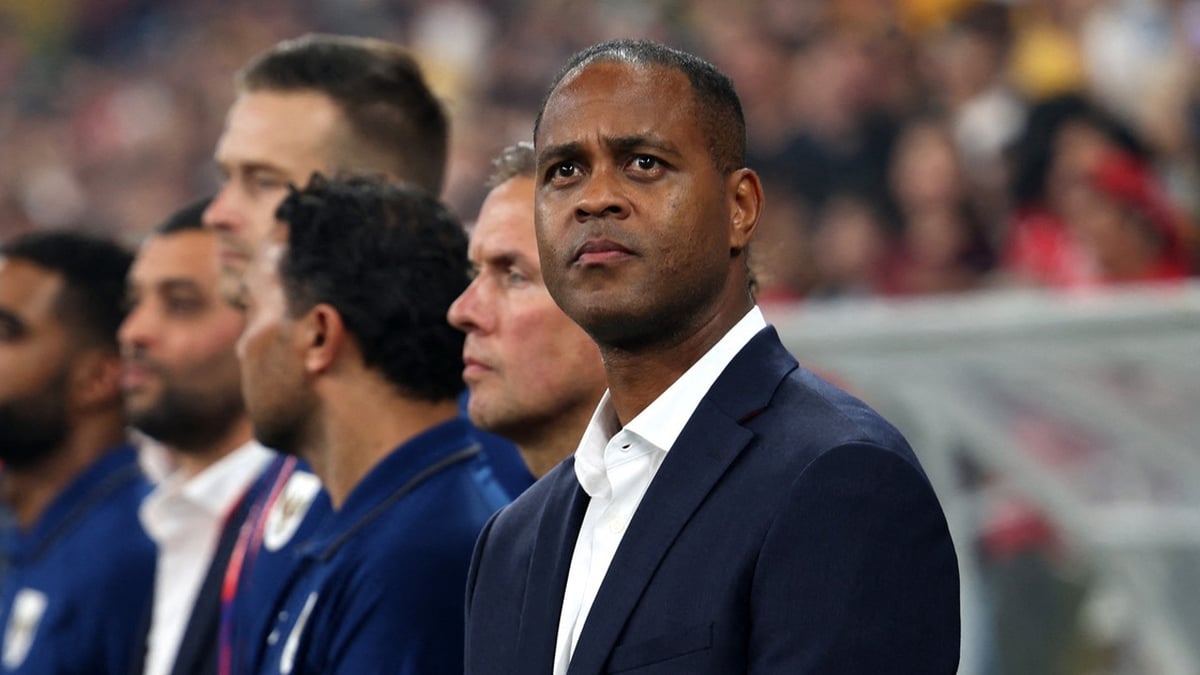


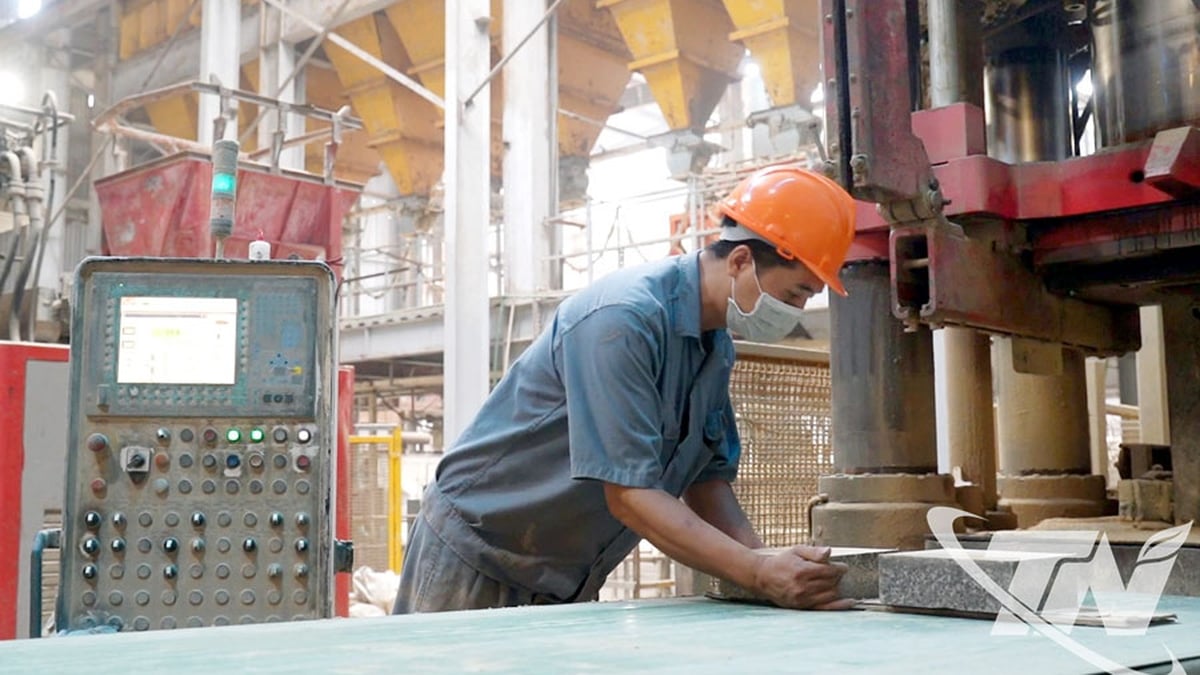

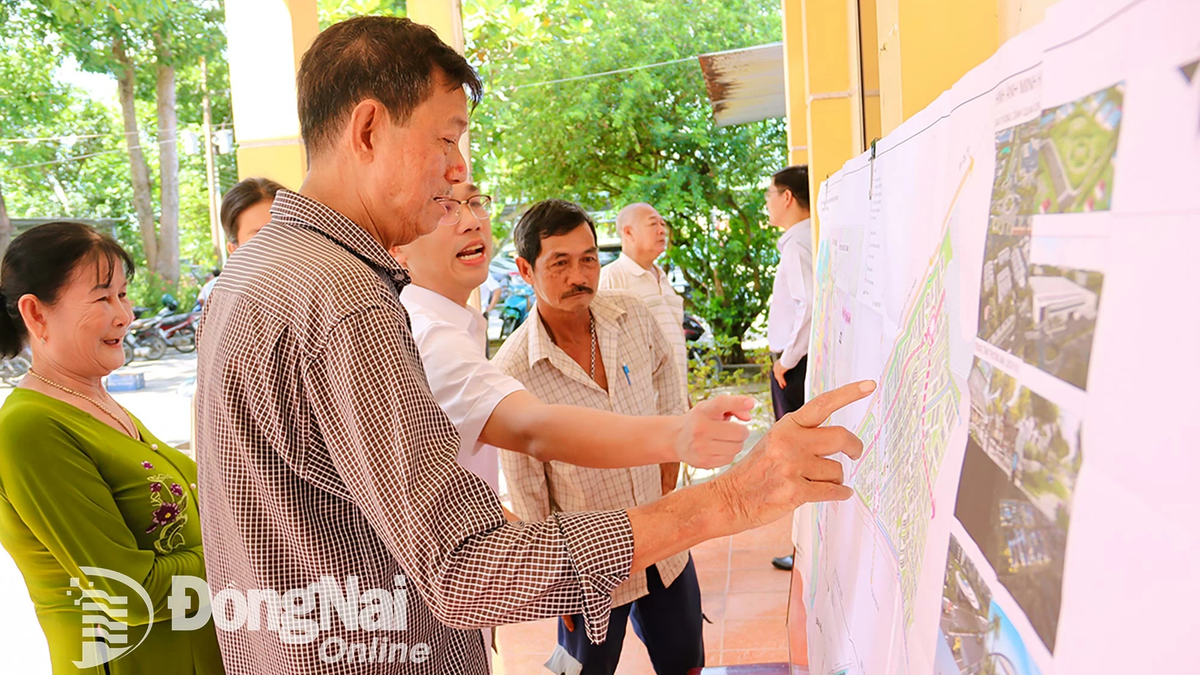
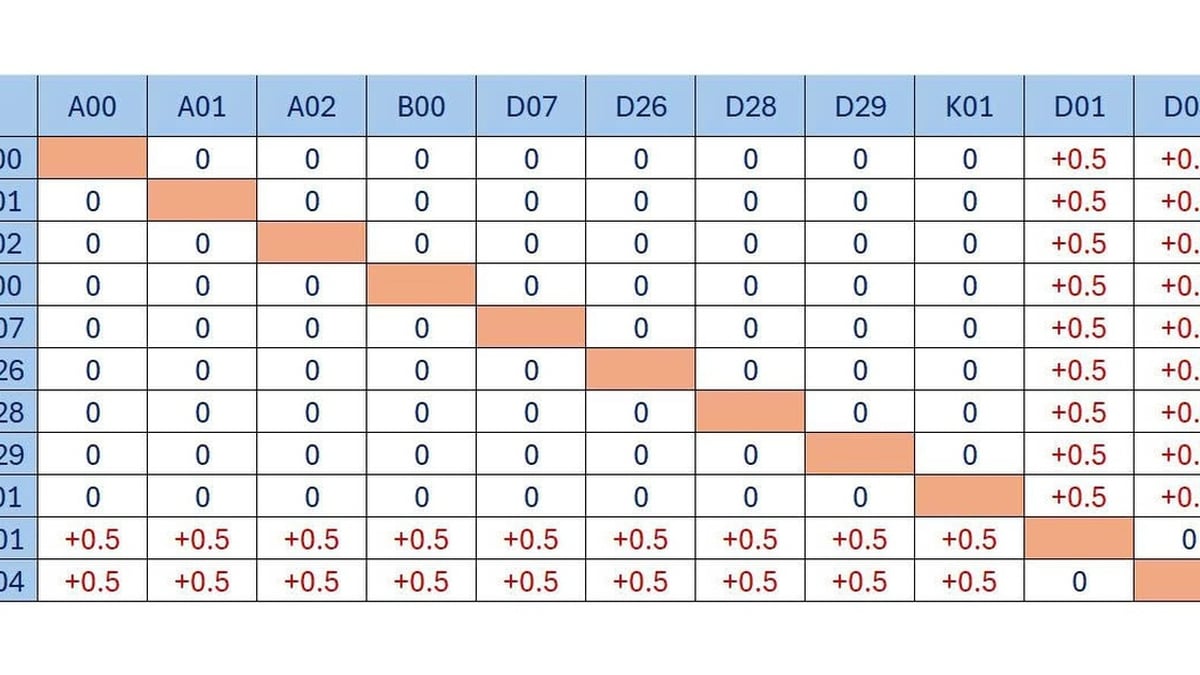
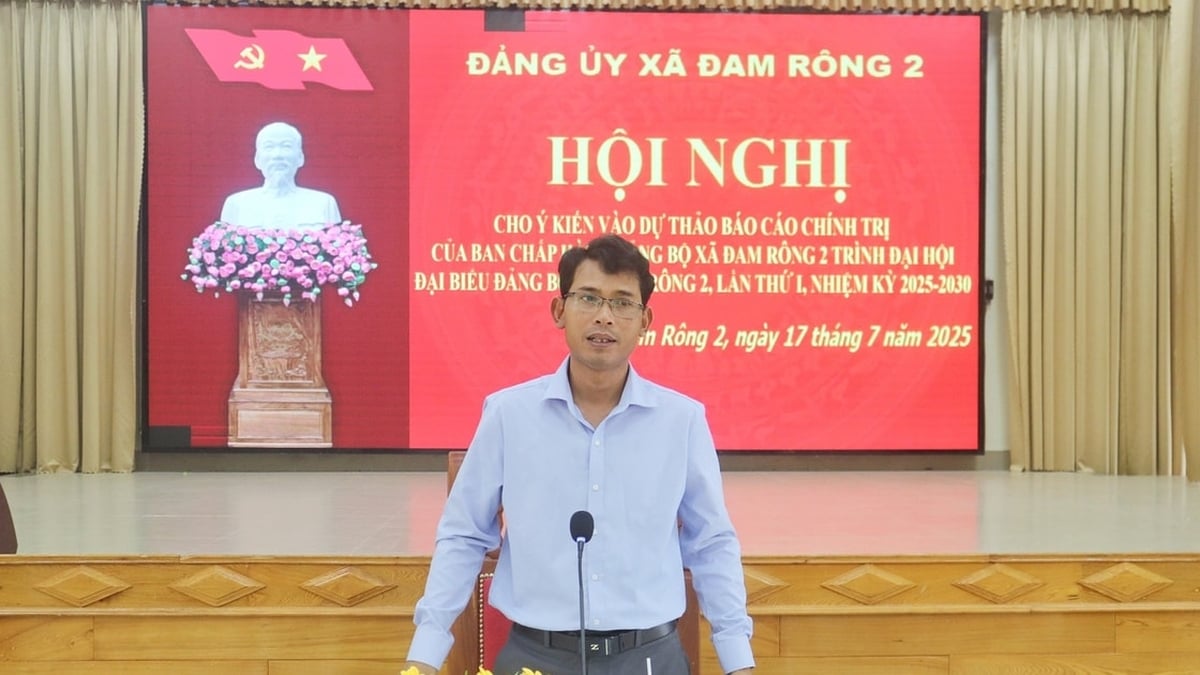
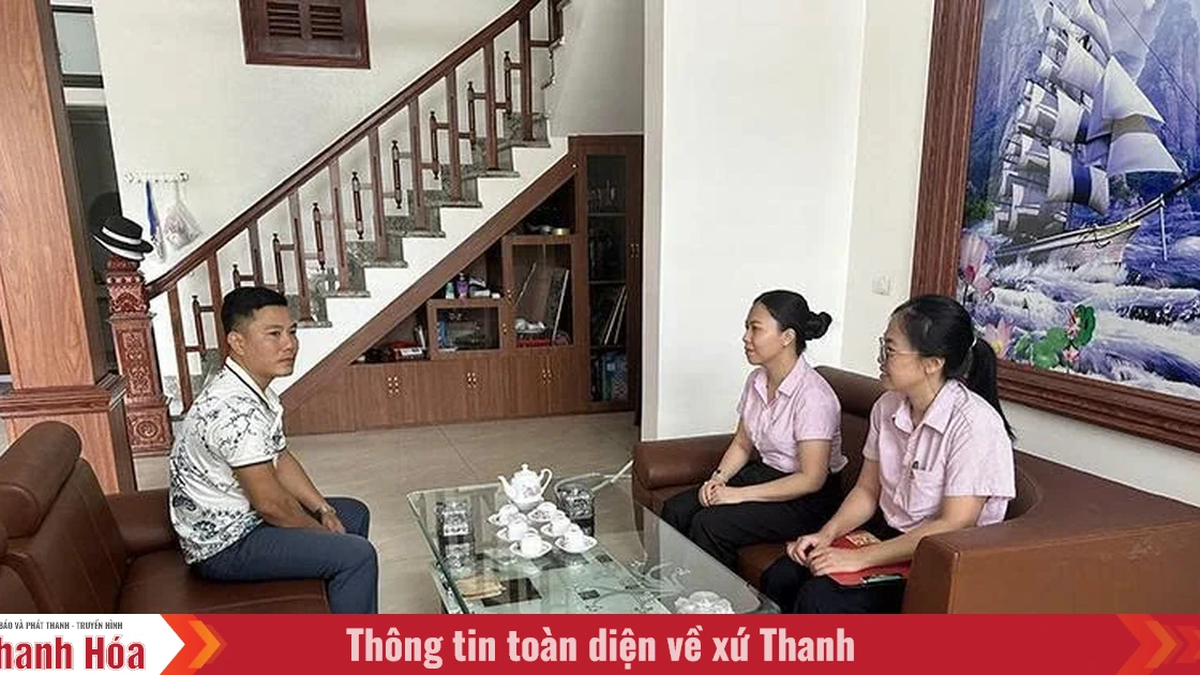




















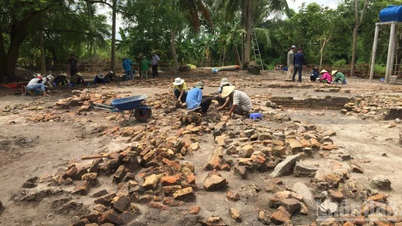






















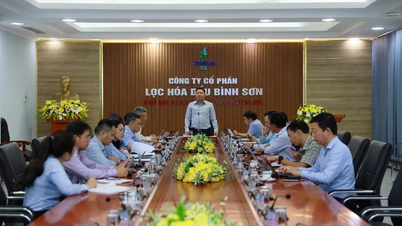
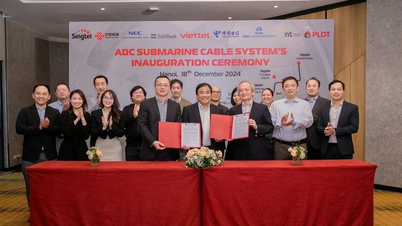



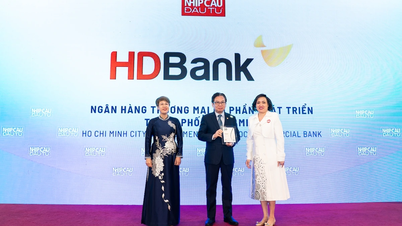
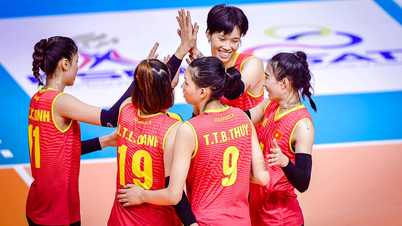



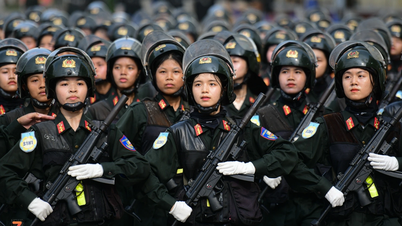








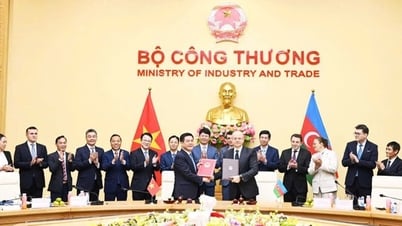


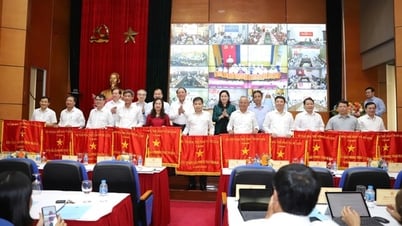
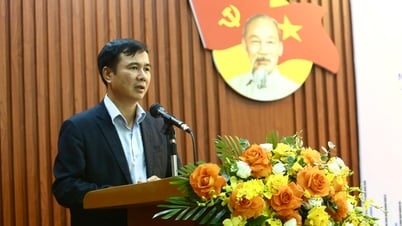








![[Infographic] In 2025, 47 products will achieve national OCOP](https://vphoto.vietnam.vn/thumb/402x226/vietnam/resource/IMAGE/2025/7/16/5d672398b0744db3ab920e05db8e5b7d)














Comment (0)